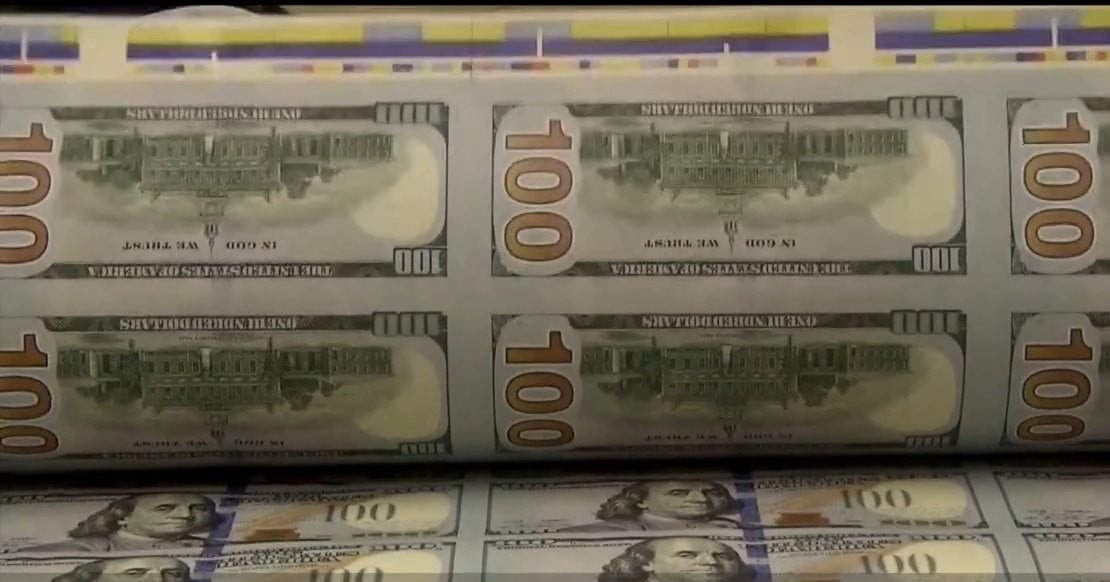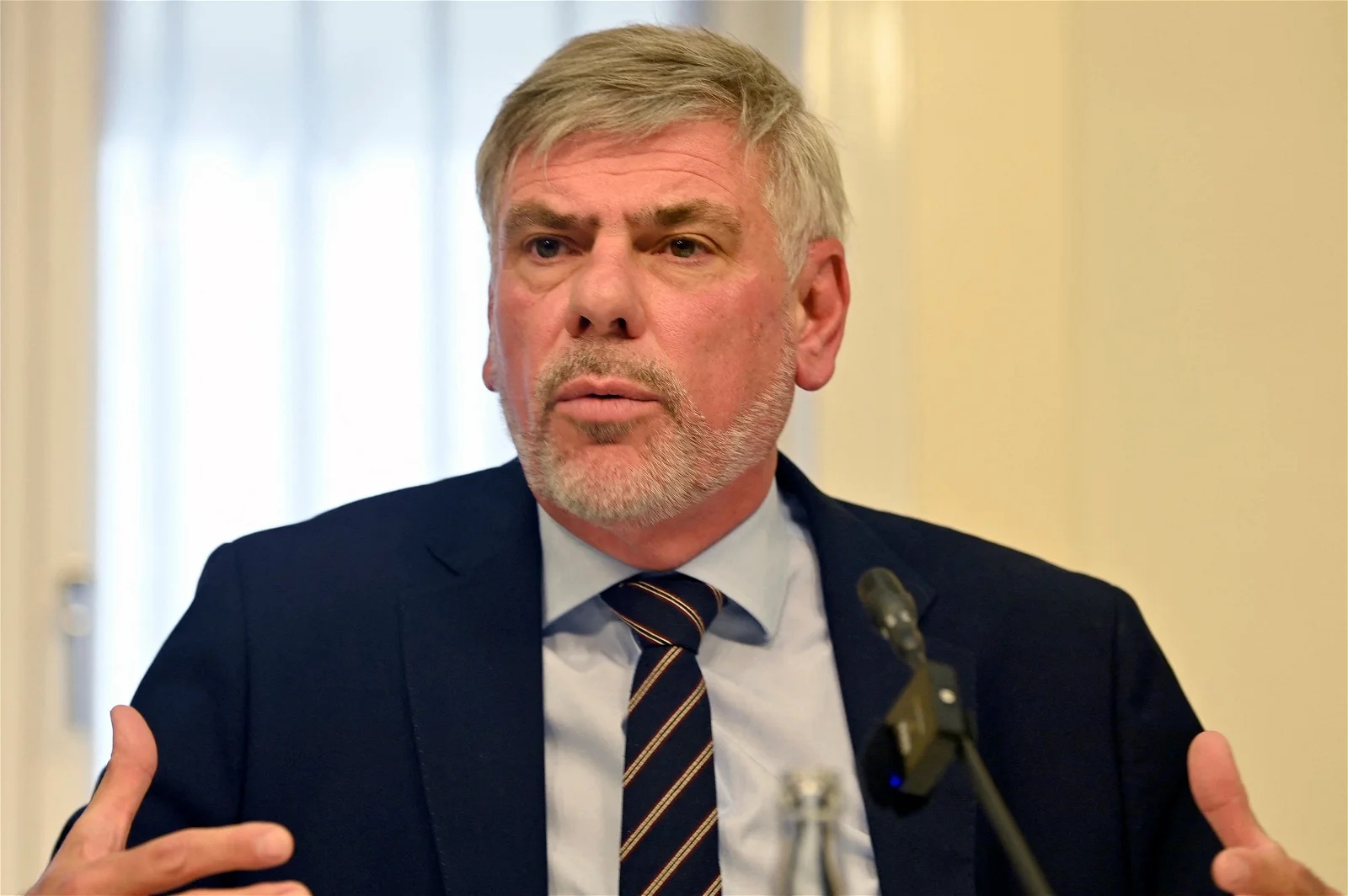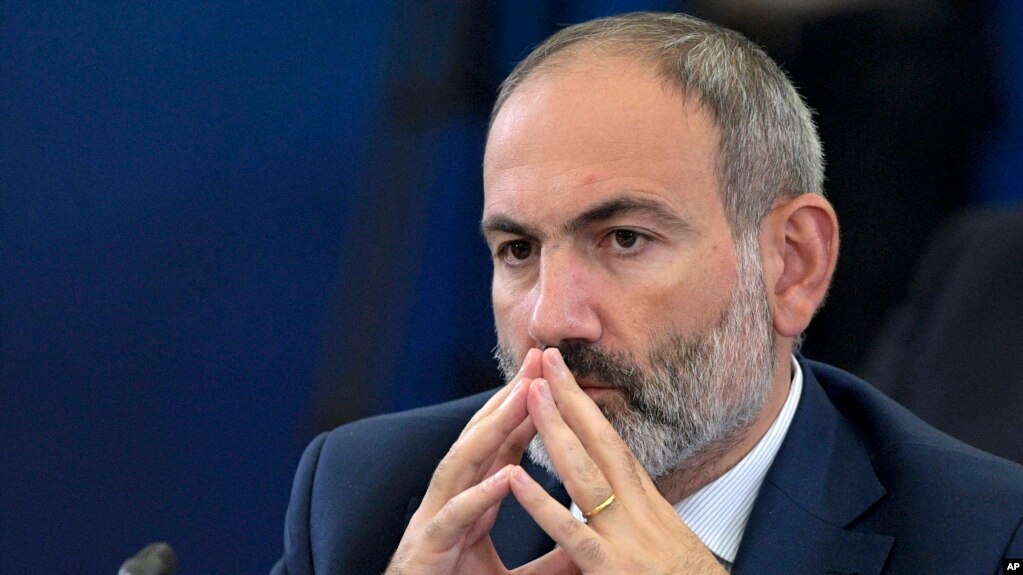
Recent bank failures in the US and Europe clearly show how Chief Executive, Risk, and Board Officers' conduct is a bad example of good or bad governance. It is all a matter of principle. Is it not?
By Mohammad Ibrahim Fheili
The new banking drama began when Silicon Valley Bank, Silvergate and Signature Bank, three of America’s most crypto-friendly lenders, collapsed within less than a week. Like First Republic Bank, other banks only narrowly escaped what was promptly dubbed “the first Twitter- and MobileApp- fuelled bank run.”
Market panic quickly spilt over to Europe, leading to the downfall of Credit Suisse, an institution included on the Global Systemically Important Banks (G-SIBs) list. In the blink of an eye, Switzerland was close to facing a full-scale bank run. Several other eurozone banks, including Deutsche Bank (another G-SIB), were pressured as investors dumped their shares en masse.
So much has been said and done about the Federal Open Market Committee's (FOMC) meeting in early May. The FOMC, which holds eight regularly scheduled meetings annually, reviews economic and financial conditions and determines the appropriate stance of monetary policy.
In their last meeting, the members must have had the following on their minds:
To start,six Banks went belly up, four relatively large banks: the Silicon Valley Bank, the Signature Bank, the Silvergate Bank (acted swiftly and did not wait for the FDIC), the PacWest Bank Corp (acted swiftly and did not wait for the FDIC), and First Republic Bank did not survive repeated attempts to bail it out what these banks had in common.
In addition, they must have asked themselves whether the $250,000 Federal Deposit Insurance Corporation (FDIC) threshold is enough or too little. When should the regulator act to liquidate or help float a troubled financial institution?
It was clear to all that as inflationary pressure started to mount about a year ago, the monetary authorities would engage in contractionary policies to combat inflation because inflation is considered an economic phenomenon.
The aggressive approach by the FOMC to raise interest rates and the banks' management inaction aggravated the situation and caused a relatively rapid collapse. These banks also had in common that they found comfort in complying with the minimum regulatory guidelines and moved risk management to the back seat.
These issues are a form of the Fed's supervisory and bank Board oversight shortfalls.
Another worry could have been pressure from the political leadership to pause on raising interest rates because politicians are short-sighted and they don't like trouble on their hands.
There comes that the emerging banking crisis signalled an economic contraction over and above what the higher interest rate has done. Despite that, inflation numbers were not good enough for the Fed to retract its plan to combat inflation.
Inflation target
The Fed may need to reconsider the viability of the 2% inflation target. The government pumped much liquidity to soften the impact of the Covid-19 pandemic on household consumption, and the economy at a time production came to a total halt.
Inflationary pressure was bound to emerge in addition to the supply chain crisis and the negative supply shock caused by the Russia-Ukraine war and what it did to energy and food prices. In light of the events of the last couple of years, a 2% inflation target cannot be reasonable!
The Fed’s decision to stay the course (raise the interest rate by 25 basis points), validated by unanimous votes, proved Fed's relative independence from the political decision-making process. In addition, that vote sent a confident message of US banking resilience. The market responded favourably to the FOMC's decision.
Despite the 5-star conduct of the monetary authorities during the crisis, the Fed's Governor admitted to a supervisory shortfall during the periods leading to the problem. Such a shortfall will be addressed swiftly, and the Governor is committed not to repeat it.
On the other hand, the speed with which events emerged and developed into a crisis indicated that the financial sector still has a long way to restore the confidence it lost after the global financial crisis of 2008/ 2009.
These recent events will force a serious and careful look at the role of risk management and the board at financial institutions and the competencies of the people leading these functions. The trade-off between effective risk management and regulatory compliance and the banking model is how to manage assets and liabilities best while maintaining adequate liquidity and reasonable profits.
The financial landscape will most definitely witness a revisit of the monetary policies. A “New Normal" on the economic landscape has emerged and will soon be fully developed.






